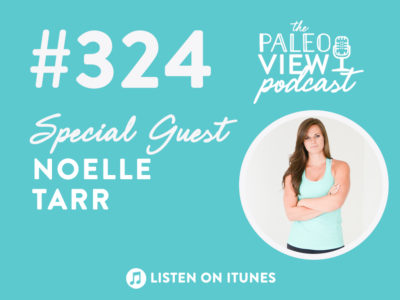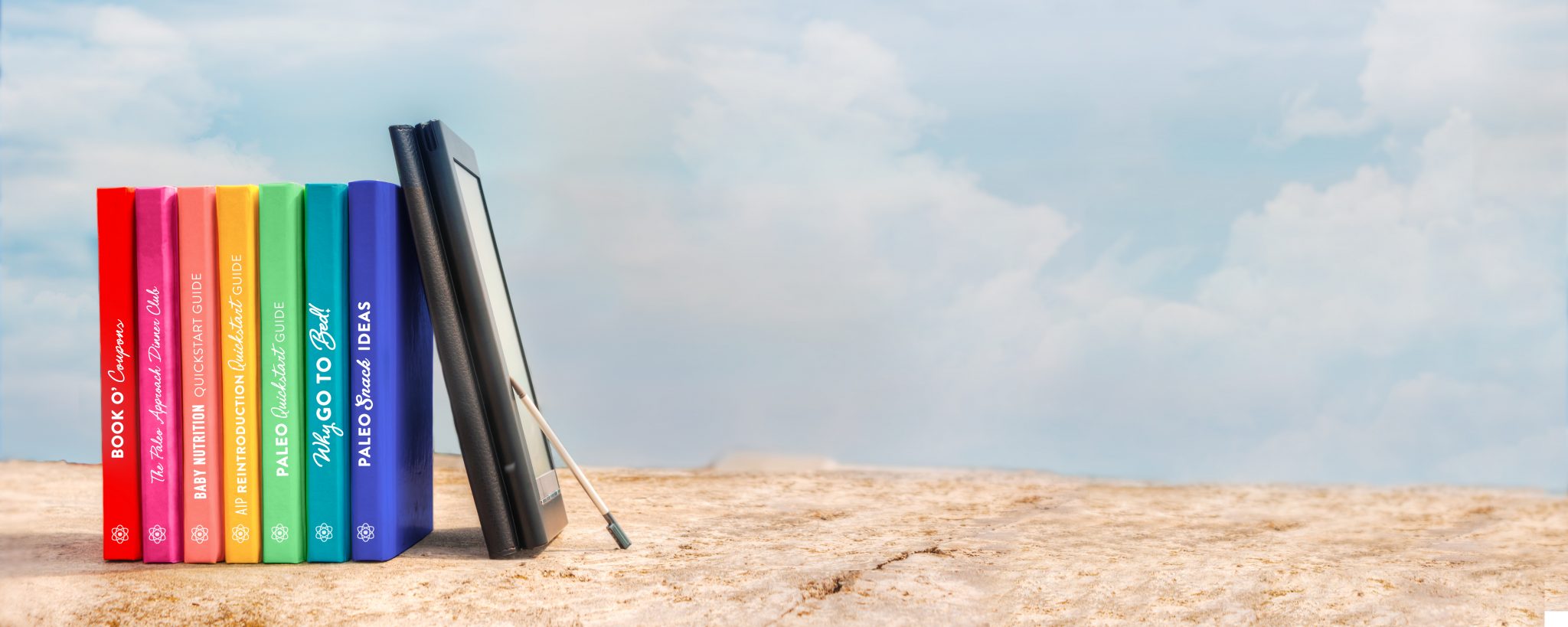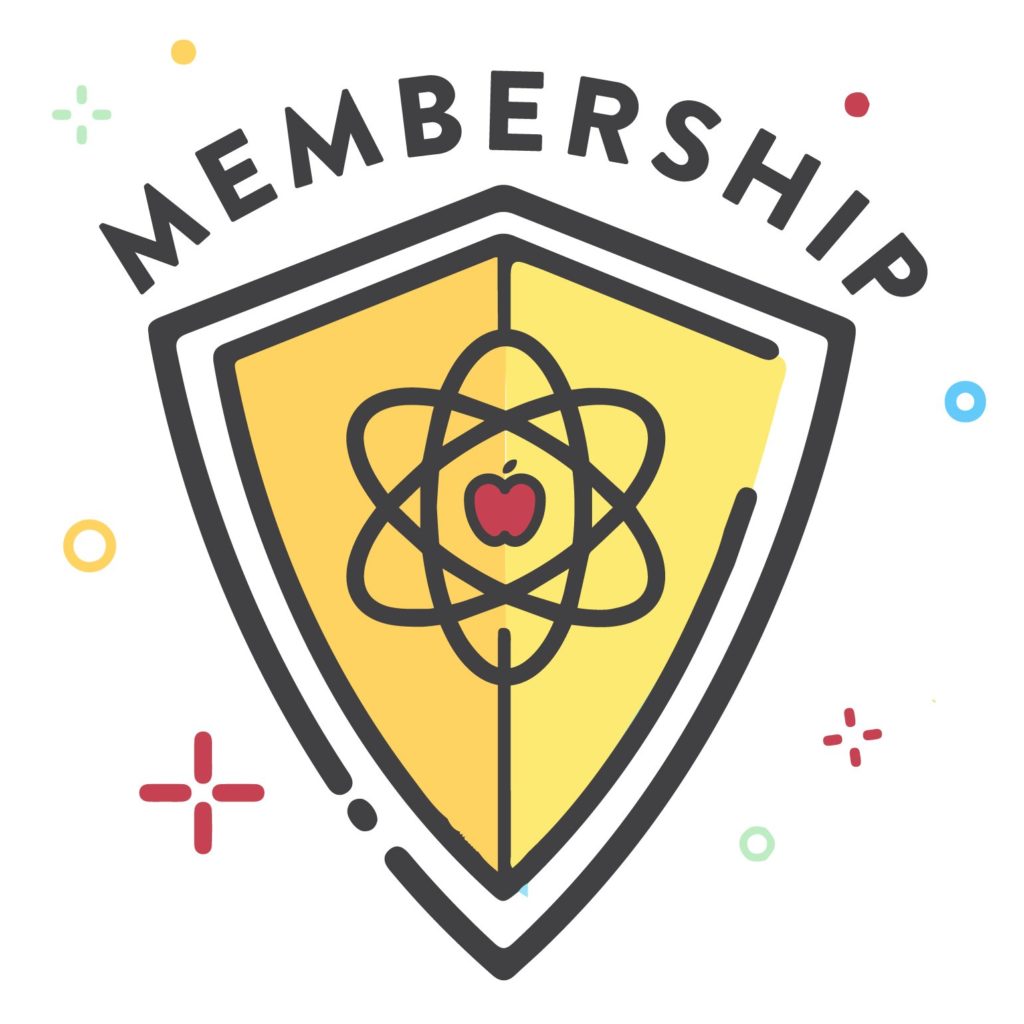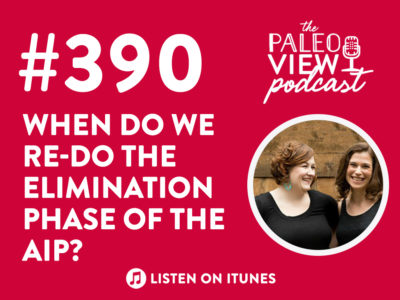In this episode, Stacy and Sarah sit down with Noelle Tarr of Coconuts and Kettlebells to chat about separating your self worth from your fitness goals, why fitness and health aren’t the same thing, and how to approach movement with a chronic condition in a way that will benefit your health.
Click here to listen in iTunes
or download and listen by clicking the PodBean Player below
![]()
If you enjoy the show, please review it in iTunes!
The Paleo View (TPV), Episode 324: Noelle Tarr
-
- (0:00) Intro
- (0:40) Welcome today’s special guest, Noelle Tarr of Coconuts and Kettlebells!
- Noelle just moved to northern Virginia and now lives down the street from Stacy! Sarah is jealous!
- Its been a while since we talked about fitness on TPV so that’s what Noelle is here to share.
- Connect with Noelle at her blog, Coconuts and Kettlebells, through her program Strong From Home, or through her new book, “Coconuts and Kettlebells: A Personalized 4-Week Food and Fitness Plan for Long-Term Health, Happiness, and Freedom”!
- (3:43) Noelle’s story
- When Noelle was younger, she was always into fitness. She was training for triathlons and running marathons, pushing her body to the max.
- In retrospect, she feels this was a mindset issue. People kept praising her for her skill and discipline, which fueled her obsession with controlling her body and her weight via exercise.
- Moving through college, she “destroyed her body” doing what everyone told her was healthy – working out all the time and eating low calorie. Eventually she broke mentally, physically, and emotionally.
- This is when Noelle found paleo (which she doesn’t follow anymore). She’s really thankful that paleo taught her that calories didn’t matter so much and because of this, she was able to release that obsession and instead explore what her body wanted and needed.
- Through the years she’s tried different things. She used to avoid fruit because it contained sugar. She used to maintain an intense CrossFit training schedule. She’s struggled with chronic back issues. She wrapped her self worth up into how much she could back squat or lift, but this just left her feeling like she was constantly in pain and never truly healthy.
- When Noelle got pregnant, she hit the point where she was “done with it.” She started asking herself why getting back to the back squats was so important to her? And if lifting heavy weights was really the only way to get fit?
- Examining this part of her identity opened her mind to what it means to be healthy and fit. She got into PT and learning how important it is to build balance and strength throughout the entire body.
- This had a powerful effect on her. She felt better, her weight stabilized, and she was able to maintain health by doing things she felt was right for her body, like short workouts and a lot of walking.
- She stopped thinking about what other people were doing and what she should be doing, instead focusing on “what’s going to serve my body today?”
- Now she works with people to create a plan that’s right for them, which is the basis of her program, Strong From Home.
- Noelle’s book, Coconuts and Kettlebells, covers these new ideas about fitness and particularly the mindset side of it.
- (11:35) Sarah asks Noelle if the psychological stress of having your identity and self worth wrapped up in your exercise routine can actually make fitness detrimental to your health?
- Noelle responds that if your self worth is tied to your ability to complete an event or achieve goals then it can be toxic long term. While this works for some, it doesn’t work for a lot of others.
- It’s okay to switch up your goals and make changes based on the information you acquire about your body along the way – it doesn’t make you a failure!
- Sarah raises the notion of the fitness industry’s mentality that if a little is good, a lot is better. It’s the loss of moderation. Our body is not built to do it all! We see a lot of health problems in elite athletes that are related to the stress that intense physical training has on the body.
- (17:13) Sarah asks, when you’re working with a client, how do you get someone to dissociate from a goal that’s going to be destructive versus productive?
- Noelle says it’s important to understand that every body is different, has different limitations, and has a different history. Everyone has their own unique capabilities.
- Create a mindset of “more is not better. More is just more.”
- When you’re working out, you’re actually causing damage to your body. You’re creating micro-tears in your body, which is stress on the body. You need to be able to give yourself time to recover from that.
- It’s important to find the balance point where fitness provides health and doesn’t do harm. It’s not uncommon for elite athletes to be some of the most unhealthy people!
- What’s your minimum effective dose? What can you get out of the smallest amount of work?
- Stacy points out that it’s important to be mindful of your own goals and your own health conditions. And it’s important to be aware of how often you’re exercising, how much recovery time you’re giving yourself, and what type of nutrients – both macro and micro – you’re giving your body to support it.
- They’re not anti-lift heavy, but they want to be clear that you don’t have to lift heavy if it’s not right for you!
- (26:25) What is a rest day? What does that mean for someone with a chronic illness versus a more elite athlete?
- When working with clients, Noelle scales the number of workout days and rest days based on their experience level. If someone is new to exercise, she recommends working out 3 days a week. At 6 months, bump it up to 4 days. And after a year, bump it up another day to 5 workout days/ week. But Noelle never recommends working out more than 5 days per week.
- For rest day activities, Noelle recommends:
- Walking
- Mobility work
- Intentional heat and ice
- Stretching
- Or nothing!
- For people suffering from chronic health conditions, Noelle works with them to develop a mindset of healing. If you wake up and something feels off, you have the freedom to turn that workout day into a “restorative day” (walking, mobility) or just sleep!
- Pushing your body to do a high intensity workout when your body doesn’t feel good can be detrimental to health.
- Noelle is a huge fan of band work.
- When it comes to workout schedules, it’s important to have options for working out and recovery so you can be flexible!
- People get hung up on unplanned rest days because they feel shame or guilt over having missed a workout, and that can quickly snowball and throw off their entire week. But Noelle says stop beating yourself up about it and just get back on the wagon the next day. There’s no point in pushing yourself to do a high intensity workout when you know something doesn’t feel right.
- (34:45) Sarah shares how she balances working out with Hashimotos and fibromyalgia and high stress levels:
- She schedules 4 days at the gym (Monday, Tuesday, Thursday, and Friday). She goes at 7:30am and workouts out with a personal trainer at her CrossFit gym where they do whatever feels right for her that day. On powerlifting days, she just builds up to whatever is comfortable that day – somedays her back squat is 160 and other days it’s 200lbs. And on days she doesn’t feel good, they focus on mobility work.
- This model has allowed her to maintain consistency. Even though she has no problem skipping a day because she doesn’t feel good, it becomes really hard for her to get back the next day. Having this schedule and flexibility has been really great.
- (37:58) Working with a personal trainer
- A good trainer should communicate with you and should know when you’re beat up and need extra rest.
- A trainer can also help you get more in touch with your body and recognize when you’re feeling rundown or even when you’re feeling better than you think you are!
- (40:00) If someone is suffering from a number of health conditions and has been primarily focused on recovery, how can they know when it’s the right time to push a little harder and to what extent?
- Stacy shares her own personal example of her chronic back issues and her struggle with getting back into exercise.
- If she’s not walking intentionally or being mindful of how she’s sitting, she can aggravate her injury. It’s a fine line between pushing herself and not re-injuring herself.
- If you have chronic pain, Noelle recommends that you research to find a qualified Physical Therapist. Don’t be afraid to interview several PTs and get a second opinion! Explore acupuncture and chiropractors.
- Noelle believes there’s a way to move and feel better if you have chronic pain, it can just take finding the right people to help you.
- Working with a professional can also hold you accountable and keep you showing up for yourself, even when you’re frustrated and don’t feel like it.
- Stacy has struggled with motivation because she wants to lift heavy instead of being restricted to small movements. Though its taken her some time to make peace with this disappointment, she has.
- She had worked with a personal trainer, but the trainer’s goal was to get her back to being a competitive Strong Woman, which just caused her to re-injure herself. That made her realize that she needed to take a step back and take care of mental wellbeing.
- These days, she’s thinking about joining the Y with her boys to swim this winter and she wants to make time for stretching.
- Noelle says when we separate our self worth from fitness activities, that’s where the benefit is. We allow ourselves to move on and do other things and we stop feeling “less than” because we’re no longer doing that thing.
- Noelle asks herself important questions like, “What do I want from life? How do I want to feel when I’m 75? Do I want to be limping around with a back brace and cane because I had to keep running?” And she says no! She wants to be playing with her grandkids and doing water aerobics!
- Stacy shares her own personal example of her chronic back issues and her struggle with getting back into exercise.
- (55:29) So how does one measure progress and success?
- Noelle says success is not the number on the scale, despite what the fitness and diet industry want you to believe.
- The first way you can measure success is in your blood work, your inflammatory markers, a hormone panel. Get blood work done before you start and then, 6 months later, have your blood work redone so you can compare.
- Secondly, progress happens in small, incremental shifts, and it happens all over the place. You may get faster, your reps may increase, the amount of weight you can lift may increase. Noelle encourages you to track these stats in a notebook and notice the improvements!
- Sarah likes to set small, realistic goals. This year she’s been working on doing Toes to Bar and doing the CrossFit benchmark workout, Grace, at the prescribed weight.
- Sarah measures her health by how she feels. How do her joints feel when she gets out of bed? Does she feel happy? Does she laugh when her kids make a joke? Does she feel energetic and focused? And what does her blood work say?
- Stacy says when she started paleo, her goal wasn’t to lose weight, it was to have energy to play with her kids. At the beginning she barely had energy to sit at the dinner table. Now she looks back at that to remember how far she’s come.
- “Fitness” and “health” are different. It’s important to prioritize both.
- Sarah says when you ask yourself what progress you’ve made and the answer is none, maybe you’re measuring the wrong thing. Maybe the success is that you’re showing up and putting in the effort!
- (1:09:22) Wrap Up
- Stacy is going to research the water aerobics schedule at the Y so she and Noelle can go to a class!
- You can find Noelle at:
- Her blog www.coconutsandkettlebells.com
- “The Well Fed Women” Podcast
- Strong From Home program
- Her new book, “Coconuts and Kettlebells: A Personalized 4-Week Food and Fitness Plan for Long-Term Health, Happiness, and Freedom”
- And on social media @coconutsandkettlebells
- By the way, Noelle is a Certified Personal Trainer AND a nutritional Therapy Practitioner! Talk about credentials!
-
- Get your questions in! We want to hear from you! And there’s no end to questions we can answer and topics we can address!
- Engage on social media! That’s how we get feedback!
- Thank you for listening









